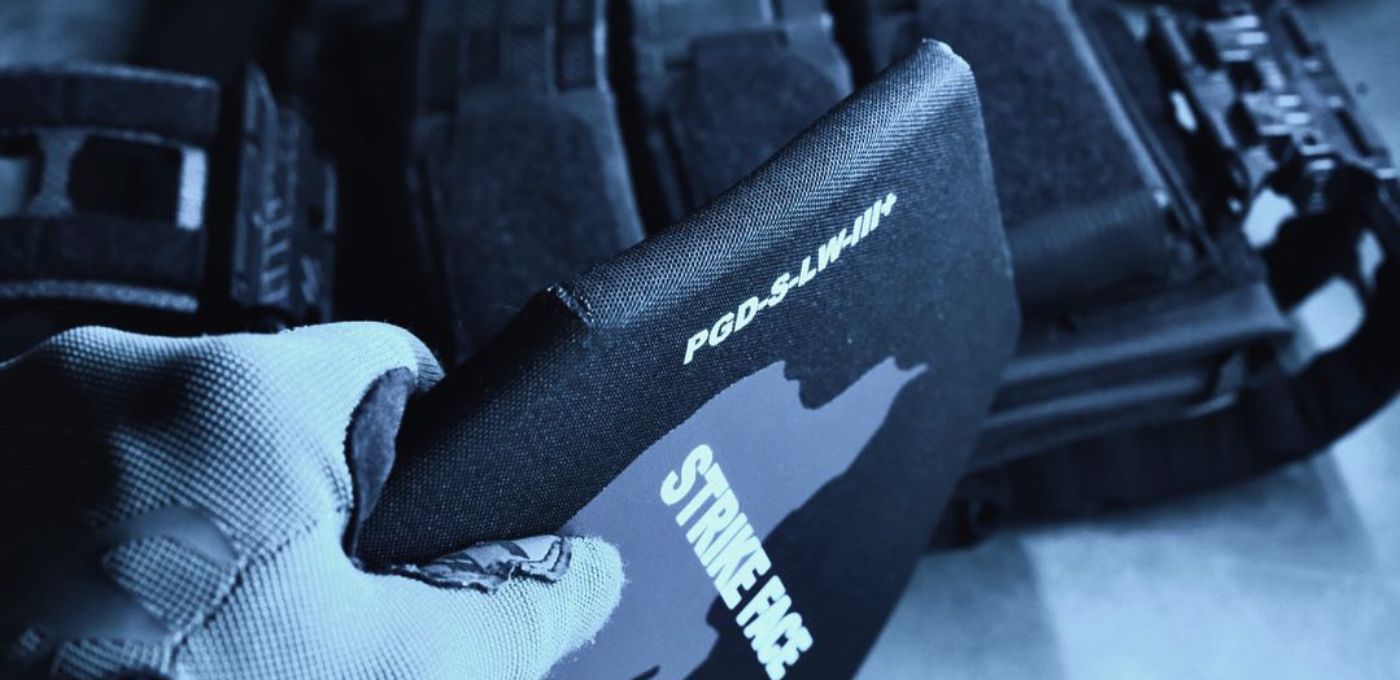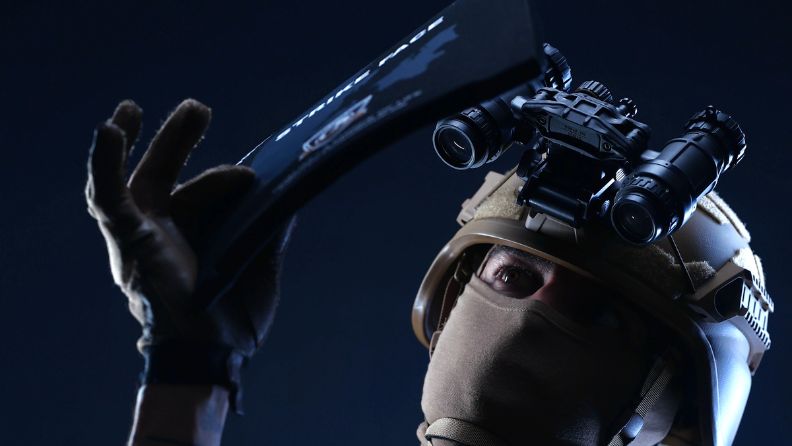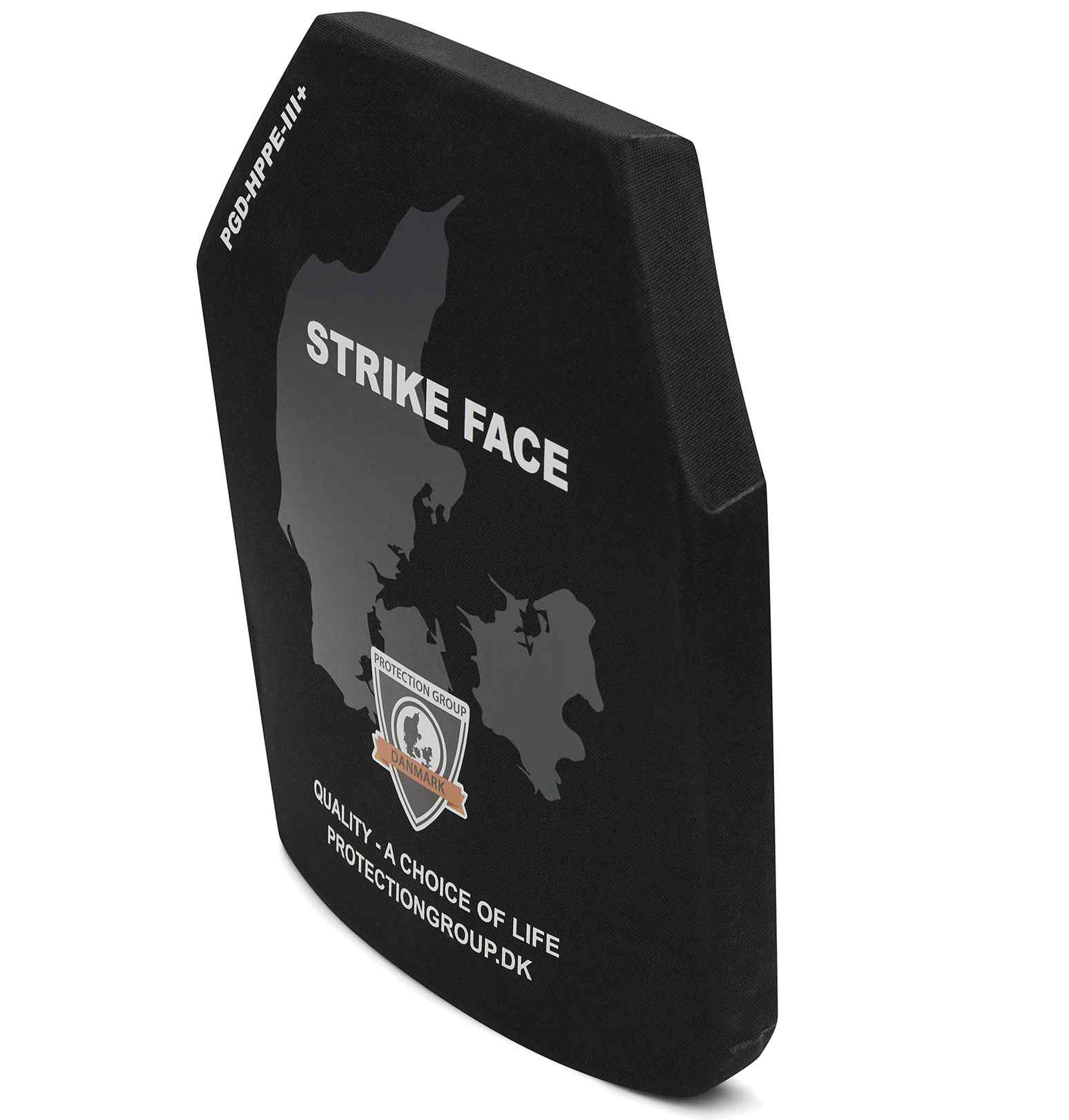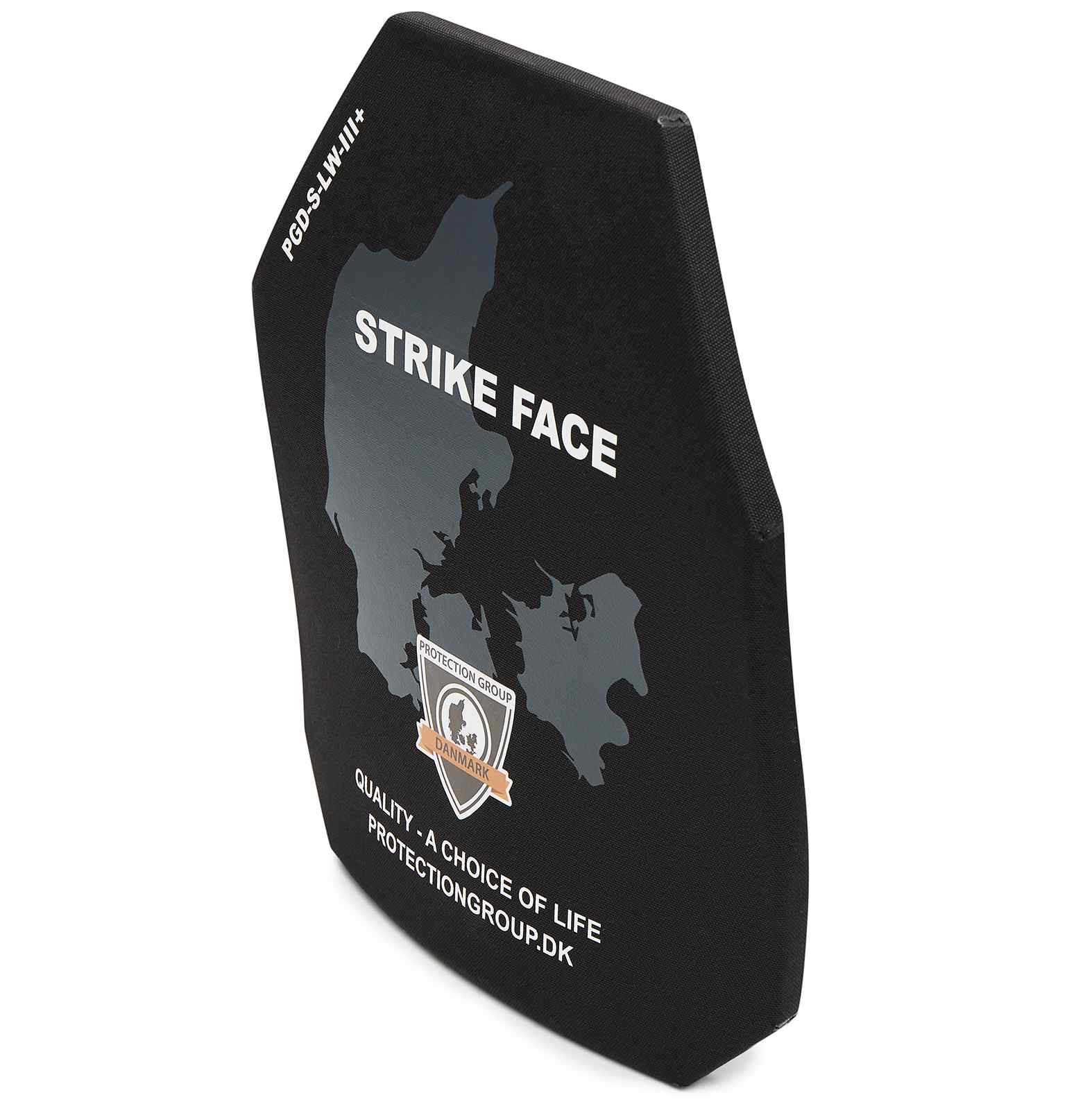
Swedish gangs now uses military ammunition


The demands of modern tactical environments require operators to stay fast, agile, and mission-ready, without sacrificing the life-saving protection that body armor provides.
Traditional ballistic protection has always come with a trade-off: the higher the protection level, the heavier the armor. For decades, this has been an unavoidable reality. But what if we say that you no longer had to choose between mobility and safety?
Fortunately, technology is always advancing. New technologies, materials, and innovative design allow for the perfect balance of strength and weight reduction.
Two of our proudest innovations are the PGD LW+ SA lightweight hard armor NIJ level 3 (III+) plate and the PGD S-LW-ICW+ super lightweight hard armor NIJ level 3 (III+) plate. These plates set a new standard for what it means to wear high-performance protective gear without compromise. And of course at a price where everyone can participate.
For decades, body armor technology has focused on increasing ballistic resistance, but the challenge has always been maintaining comfort and maneuverability. The reality is that carrying heavy armor for long periods leads to fatigue, reduced mobility, and slower response times in high-risk situations.
Whether you’re running, crouching, or maneuvering through dynamic environments, your armor should NEVER slow you down.
At PGD, we don’t believe you should have to choose between protection and agility. That’s why we focus on creating armor that provides maximum protection while remaining lightweight and practical for extended wear. These lightweight plates are a perfect example of this balance, offering exceptional stopping power while keeping weight to a minimum.

The reality is that while heavy plate carriers with thick armor plates can stop high-caliber rounds, they also come with real-world trade-offs – especially when you’re carrying additional essential gear like weapons, ammunition, and supplies.
By reducing weight while maintaining high protection levels, we aim to enhance performance, comfort, and overall survivability in high-threat environments. When your gear is lighter, you can move faster, react quicker, and stay in the fight longer – all without compromising your safety.
The push for lighter armor doesn’t just rely on reducing material thickness – it’s also about using the right materials.
An option is to use materials like Ultra High Molecular Weight Polyethylene (UHMWPE), ceramic composites, and advanced hybrid materials to provide superior protection at a fraction of the weight of e.g. traditional dense ceramic plates.
How does UHMWPE work?
UHMWPE is a game-changer in ballistic protection. UHMWPE works by:
What’s the result? A plate that provides NIJ level III protection while weighing much less than standard armor solutions.
Read more about our hard armor plates and how they are manufactured.
Before diving deeper into lightweight armor options, let’s clarify the difference between NIJ level III and level IV protection. Understanding these classifications is crucial when selecting the right armor for your mission.
NIJ level III protection
NIJ level IV protection
While level IV armor provides the most protection, it is significantly heavier than level III plates, making it less practical for long-term wear in dynamic environments.
For operators who need to move fast and stay agile, level III plates, especially in lightweight configurations, are often the preferred choice.
To meet the demands of modern operators, PGD has developed two lightweight yet highly protective plates that achieves just that – without sacrificing ballistic performance:
PGD LW+ SA lightweight hard armor NIJ level 3 (III+)

PGD S-LW-ICW+ super lightweight hard armor NIJ level 3 (III+)

Both of these plates are engineered to maximize protection while keeping weight at a minimum, ensuring that you stay mission-ready without unnecessary fatigue.
As materials and technology keep evolving, ballistic protection is becoming lighter and more adaptable than ever. At PGD, we’re always exploring new ways to enhance protection without adding unnecessary weight.
The industry is exploring exciting new technologies to make body armor even lighter and more effective. Graphene and nanomaterials are being tested for their potential to create ultra-light yet incredibly strong protective solutions. Hybrid armor systems that combine multiple materials could further improve the balance between weight and protection. Meanwhile, custom-fitted armor designs are being developed to distribute weight more efficiently, making armor more comfortable and practical for those who rely on it every day.
We can’t wait to explore future lightweight armor solutions.